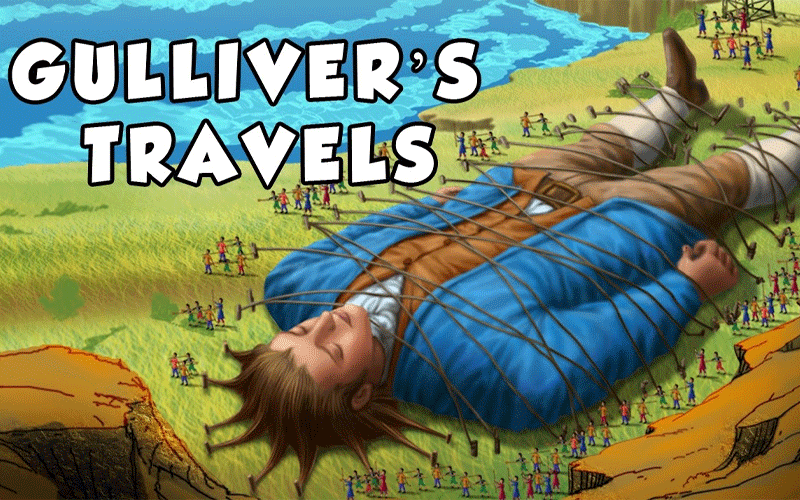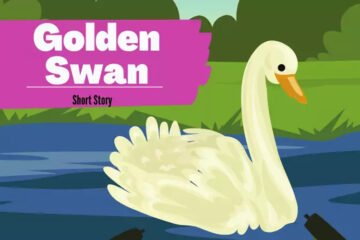“Gulliver’s Travels” is a renowned satirical novel written by Jonathan Swift in the 18th century. The story takes readers on a thrilling adventure as Lemuel Gulliver, the protagonist, explores various fantastical lands and encounters peculiar civilizations. Through its clever blend of adventure, humor, and social commentary, “Gulliver’s Travels” continues to captivate readers of all ages.
Part I: A Voyage to Lilliput:
In the first part of the story, Gulliver finds himself shipwrecked and washed ashore on the island of Lilliput. To his astonishment, he discovers that the inhabitants of this land are only six inches tall. Gulliver becomes a giant among them, and the Lilliputians use him for their own political and military ambitions. Swift uses this part of the story to satirize the political and social systems of his time, highlighting the absurdity and pettiness of human nature.
Part II: A Voyage to Brobdingnag:
In the second part, Gulliver encounters a complete contrast to Lilliput. He arrives in Brobdingnag, a land where everything is gigantic, including its inhabitants. Gulliver, now the tiny one, becomes a source of curiosity and entertainment for the Brobdingnagians. Swift uses this part to criticize human flaws and emphasize the importance of moral virtues over physical appearances.
Part III: A Voyage to Laputa, Balnibarbi, Luggnagg, Glubbdubdrib, and Japan:
In this section, Gulliver visits several fictional lands, each with its own peculiarities. Laputa is a floating island inhabited by impractical intellectuals. Balnibarbi showcases the absurdities of modern science and academia. Luggnagg introduces Gulliver to the concept of immortality but reveals its drawbacks. Glubbdubdrib allows Gulliver to converse with historical figures. Finally, in Japan, Gulliver witnesses a society that embraces reason and practicality.
Part IV: A Voyage to the Land of the Houyhnhnms:
The last part of Gulliver’s journey takes him to the land of the Houyhnhnms, intelligent and noble horses who govern the land. Gulliver befriends them and develops a disdain for humanity after witnessing their flaws through the eyes of the rational Houyhnhnms. Swift uses this section to criticize human nature and explore the idea of an ideal society.
Conclusion:
“Gulliver’s Travels” is not merely an adventure story but a profound work of social and political satire. Jonathan Swift skillfully uses the character of Gulliver to highlight the follies, vices, and shortcomings of human society. Through his encounters in various lands, Gulliver serves as a lens through which readers are prompted to reflect on their own world. The enduring appeal of “Gulliver’s Travels” lies in its ability to entertain and provoke thought, making it a timeless masterpiece of literature.





